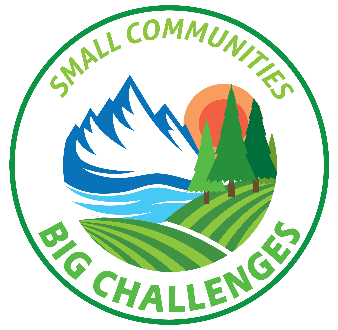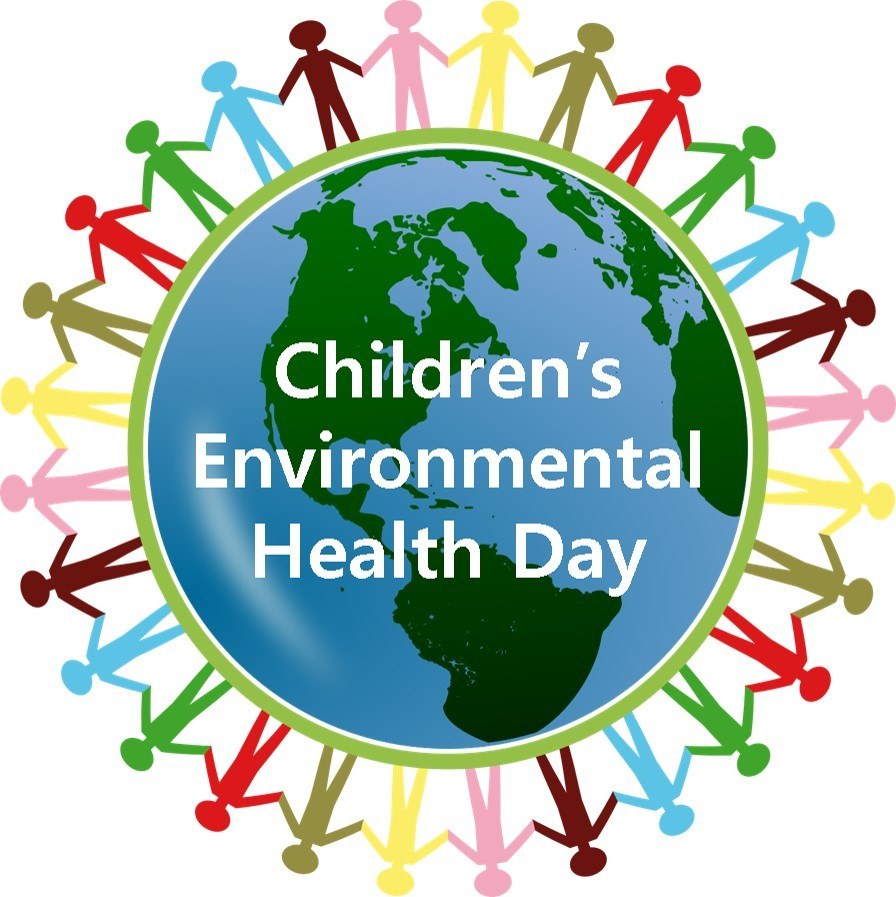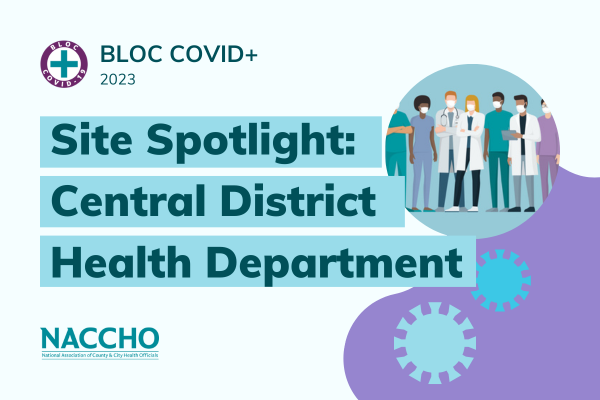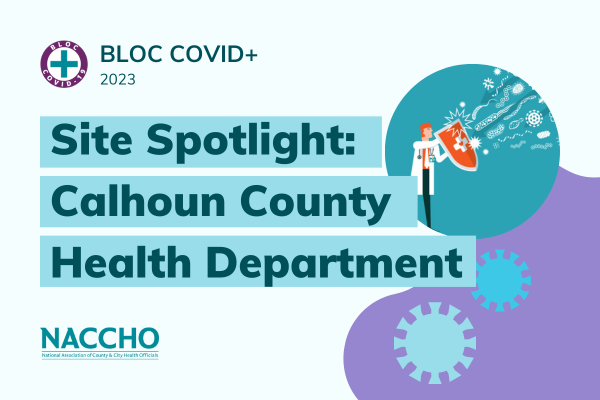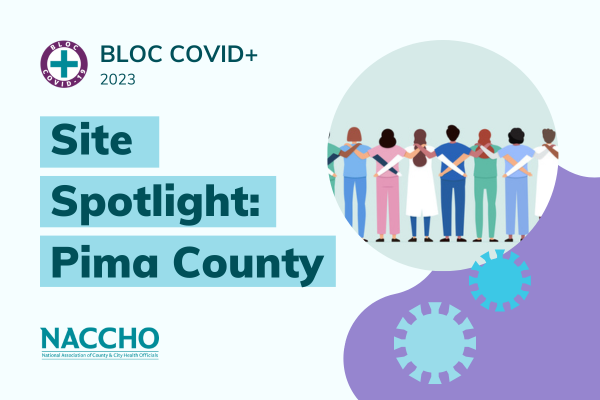Popular Categories
Patient Access to HIV Drugs in Exchange Plans is Limited Compared to Other Sources...
Avalere Health has published a new analysis on coverage of HIV medication in Qualified Health Plans (QHPs). The analysis examined...
Nov 18, 2015 | Alyssa Kitlas
Findings Now Available from the Ryan White HIV/AIDS Program’s Special Projects of...
The Health Resources and Services Administration’s HIV/AIDS Bureau has presented findings and lessons from a four-year...
Nov 17, 2015 | Alyssa Kitlas
Join NACCHO at the 2015 National HIV Prevention Conference
NACCHO will present on building the infrastructure for Pre-Exposure Prophylaxis (PrEP) for HIV prevention at local health departments...
Nov 13, 2015 | Alyssa Kitlas
World AIDS Day 2015: The Time to Act is Now
The U.S. government theme for World AIDS Day 2015 on December 1 will be “The Time to Act Is Now,” emphasizing the need to...
Nov 12, 2015 | Alyssa Kitlas
New HIV Care Collaborative Profiles Available
The HIV Care Collaborative for Underserved Populations, supported by Merck Foundation, works closely with community partners to...
Oct 27, 2015 | Alyson Jordan
HIV Care Collaborative: Spotlight on Houston
The Expanded Linkage to Care Initiative, operated by the Houston Department of Health and Human Services and supported by the Merck...
Oct 16, 2015 | Gretchen Weiss
Lessons for Local Health Departments from the International Conference on Emerging...
The International Conference on Emerging Infectious Diseases (ICEID) was held in Atlanta at the end of August and Jackie Lawler, an...
Oct 13, 2015 | Christina Baum
Integrating Hepatitis Services into HIV Programs: NACCHO Shares the Local Health...
On September 10-13, the 19th Annual United States Conference on AIDS (USCA) was held in Washington, DC. USCA brings together public...
Oct 06, 2015 | Gretchen Weiss
San Francisco is Changing the Face of AIDS Treatment
Last year, San Francisco had only 302 new HIV diagnoses, the lowest recorded number. In 1992, at the epidemic’s peak, there were 2,332...
Oct 05, 2015 | Alyssa Kitlas
Patient Access to HIV Drugs in Exchange Plans is Limited Compared to Other Sources of CoverageAvalere Health has published a new analysis on coverage of HIV medication in Qualified Health Plans (QHPs). The analysis examined 1,494 Affordable Care Act Silver QHPs and found that only 16% of these plans in 2015 cover all top HIV drug regimens with cost sharing less than $100 per month per regimen. While almost half of plans include […] Nov 18, 2015 | Alyssa Kitlas |
Findings Now Available from the Ryan White HIV/AIDS Program’s Special Projects of National Significance Hep C InitiativeThe Health Resources and Services Administration’s HIV/AIDS Bureau has presented findings and lessons from a four-year demonstration project that supported 29 organizations implementing focused interventions designed to increase access to and completion of hepatitis C (HCV) treatment for people also living with HIV. Among the estimated 1.2 million people living with HIV in the United... Nov 17, 2015 | Alyssa Kitlas |
Join NACCHO at the 2015 National HIV Prevention ConferenceNACCHO will present on building the infrastructure for Pre-Exposure Prophylaxis (PrEP) for HIV prevention at local health departments at the 2015 National HIV Prevention Conference (NHPC). NACCHO staff will join panelists for session C 26- “PrEP: Infrastructure and Intervention Models” at 1:30-3:00 PM EST on December 8. The session will present local and state health departments’... Nov 13, 2015 | Alyssa Kitlas |
World AIDS Day 2015: The Time to Act is NowThe U.S. government theme for World AIDS Day 2015 on December 1 will be “The Time to Act Is Now,” emphasizing the need to look to the future but demonstrating the urgent need for action today. In a White House blog post, Douglas M. Brooks, Director of the Office of National AIDS Policy, writes that “There is […] Nov 12, 2015 | Alyssa Kitlas |
New HIV Care Collaborative Profiles AvailableThe HIV Care Collaborative for Underserved Populations, supported by Merck Foundation, works closely with community partners to connect newly HIV+ individuals to high quality treatment and reconnect other clients lost to care. View the following profiles to learn more about HIV Care Collaborative partners’ initiatives to connect HIV+ patients to care: Fulton County, GA: The Bridging the... Oct 27, 2015 | Alyson Jordan |
HIV Care Collaborative: Spotlight on HoustonThe Expanded Linkage to Care Initiative, operated by the Houston Department of Health and Human Services and supported by the Merck Foundation HIV Care Collaborative for Underserved Populations in the United States (HCC), works to improve health outcomes for HIV+ individuals by using data-driven systems to identify individuals in need of care and link them to […] Oct 16, 2015 | Gretchen Weiss |
Lessons for Local Health Departments from the International Conference on Emerging Infectious DiseasesThe International Conference on Emerging Infectious Diseases (ICEID) was held in Atlanta at the end of August and Jackie Lawler, an epidemiologist at the Orange County Health Department in New York and a member of NACCHO’s Infectious Disease Prevention and Control Workgroup, attended as the NACCHO partner representative on the ICEID 2015 Scientific Program Committee. […] Oct 13, 2015 | Christina Baum |
Integrating Hepatitis Services into HIV Programs: NACCHO Shares the Local Health Department Perspective at USCAOn September 10-13, the 19th Annual United States Conference on AIDS (USCA) was held in Washington, DC. USCA brings together public health workers, advocates, policy makers, and people living with HIV to share strategies and ideas for how to tackle the HIV epidemic. The conference theme, “The numbers don’t lie: It’s time to end disparities,” […] Oct 06, 2015 | Gretchen Weiss |
San Francisco is Changing the Face of AIDS TreatmentLast year, San Francisco had only 302 new HIV diagnoses, the lowest recorded number. In 1992, at the epidemic’s peak, there were 2,332 diagnoses. Eighty-two percent of residents with HIV currently are in care, and 72 percent are virally suppressed, results that are much higher than national averages. The city’s chief strength has been a willingness […] Oct 05, 2015 | Alyssa Kitlas |
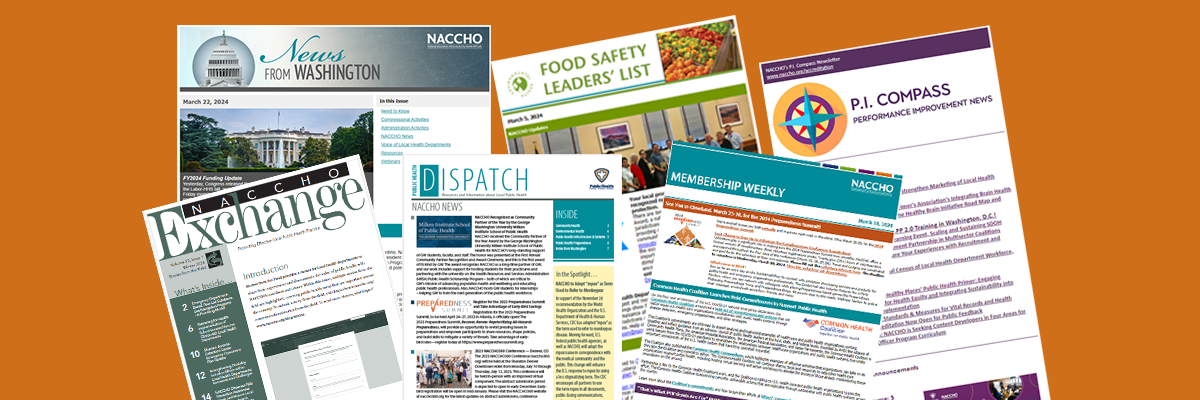
Subscribe Today
Sign Up for the E-mail Digests
Create an account or login to MyNACCHO and go to "My Subscriptions."
SUBSCRIBE NOW
